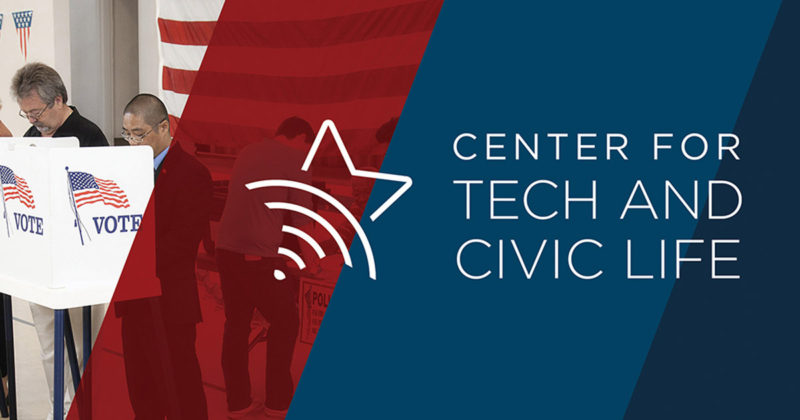When Nancy Pelosi was last Speak of the House, her first piece of legislation to pass was H.R.1, only Democrats voted for it. It was to Federalize the entire voting system. That failed, but the Democrats have not stopped there. Just a few days ago Pennsylvania has moved to force register every driver’s license holder, existing and new to be automatically registered to vote. Being registered or even choosing not to be registered is free speech of which Pennsylvania is violating. Look out but New York under Governor Hochul is doing the same thing and of course there is California as well. Remember that.
Now, we have Texas. For context, just a few years ago, the most expensive U.S. Senate race was between Ted Cruz and Beto O’Rourke. Now, it is happening again where Collin Allred is now challenging Cruz…why all this on Texas? The Democrats need Texas to go blue….
What is the slimy/nefarious plan now? Create an entire new voting district of illegal migrants that are pre-registered as Democrats and that number will be in the range of 90-100,000. How you ask?
Learn about Colony Ridge.
It was just a few days ago where it was reported that the Biden administration is working to force all illegal migrants to not remain in Mexico but Texas. Where? Colony Ridge and other similar real estate developments.
Located in Liberty County, Texas near the small town of Plum Grove, the Colony Ridge development is a sprawling community that, based on an analysis of publicly available information, is now over 60 square miles and nearly the size of the nation’s capital, Washington, D.C. Its population is estimated to be anywhere between 50,000 to 75,000, and it is growing rapidly thanks to a marketing plan targeted at Texas’ hispanic population.
Houses on the ground fly the flags of foreign countries and many homes display their addresses on spray painted pieces of plywood. Many structures, some of which are not hooked up to running water, were under construction, while others were unfinished but didn’t appear to be actively getting worked on. At least one plot of land didn’t have any structures at all, just a tent in the corner, nestled between shrubs. Stray dogs without collars could be seen trotting along the side of the underdeveloped streets.
But despite what appears to be poor living conditions throughout much of the development, Colony Ridge is exploding. The view from the sky revealed a sprawling labyrinth of roundabouts and endless rows of sidewalkless streets, with empty plots waiting to be developed. The edges of the property are dotted with construction vehicles, each one tasked with cutting and clearing the surrounding forest to make way for yet more growth. Read more here from the DailyWire

Furthermore: The danger that locals see with the growth of the settlement is that it is an attraction for undocumented immigrants who do not feel like legalizing their status. “There’s very thin law enforcement presence in that area. It’s appealing because they plan to live and work illegally. That means that they probably have to break a whole lot of different kinds of laws in order to buy vehicles and drive the vehicles and maybe show documents to potential employers. In fact, just last week –>
Two Colony Ridge residents and one Houston man have been arrested and charged with Theft following their arrests on Sept. 13 on CR 2234 in the Tarkington area. The three men are accused of stealing high-dollar commercial generators, including some stolen from cell phone towers, and then reselling them on Facebook Marketplace, authorities say.
The three suspects – Edwin Yovany Erazo, 37, and Francisco Nabarette Sandres, 26, both of Colony Ridge, the community south of Plum Grove in Liberty County, and Victor Manuel Alvarenga, 23, of Houston – are all believed to be illegal immigrants to the United States.
According to Capt. David Meyers, a spokesperson for the Liberty County Sheriff’s Office, Erazo, who is originally from Honduras, was previously deported from the U.S. by Immigration and Customs Enforcement. Meyers could not say if Sandres and Alvarenga have been previously deported. Only one of the three men was able to communicate with investigators in English.
Yet….
Members of the County Sheriff’s Office said that verifying the legal status of each resident of Colony Ridge is almost impossible, since “it would take forever.” Therefore, only those suspected of having committed a crime will be checked.
Concern about the power of cartels in Colony Ridge
Brian Babin, a local congressman, told The Daily Wire that, according to comments in the area, “the cartels are playing a role in this area,” a concern Bensman shares.
As he wrote in his book, “Overrun: How Joe Biden Unleashed the Greatest Border Crisis in U.S. History,” the Sinaloa and Gulf cartels invested early on in Colony Ridge properties, with the goal of establishing safe havens to facilitate human and drug smuggling.
The developer is William Trey Harris who seems to have not only a team of lawyers guarding him and his operations but little is really known about him and this and other developments have been underway for a few years.
Imagine a whole congressional voting district made of of illegal foreign migrants registered to vote and having a representative in Washington DC. We already know the Democrats want to eliminate the Electoral College and as that fails….just move the Texas 40 electoral votes to the Democrats and Texas goes blue and a Republican candidate for president will never win again.




 Policies and procedures are NOT law by the way…
Policies and procedures are NOT law by the way…



 Getty Images
Getty Images